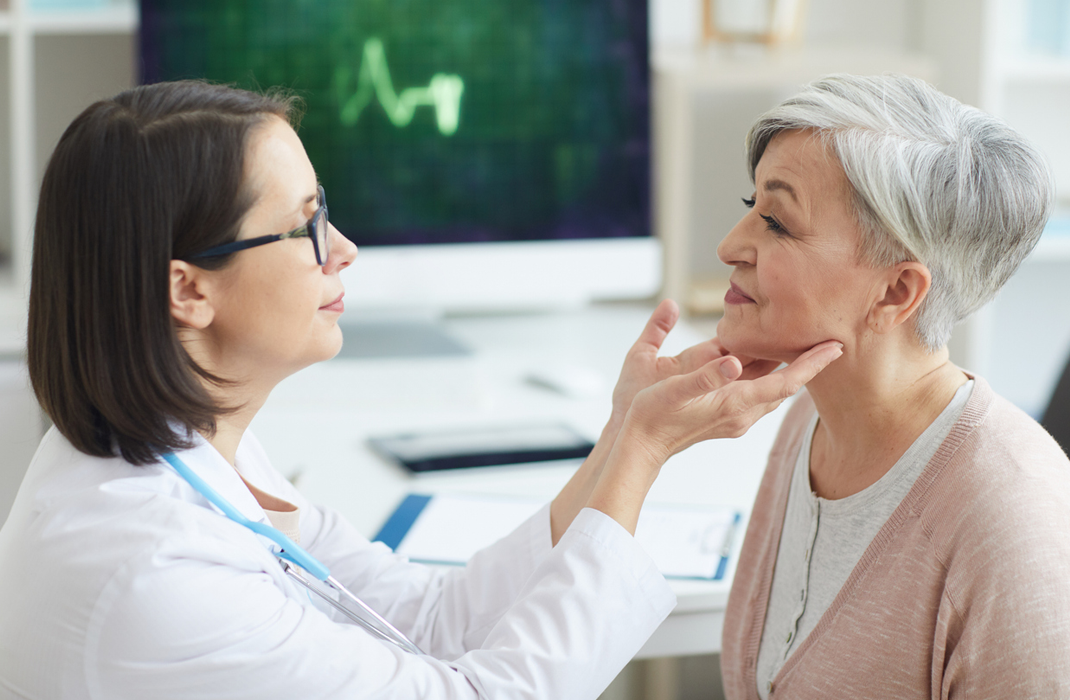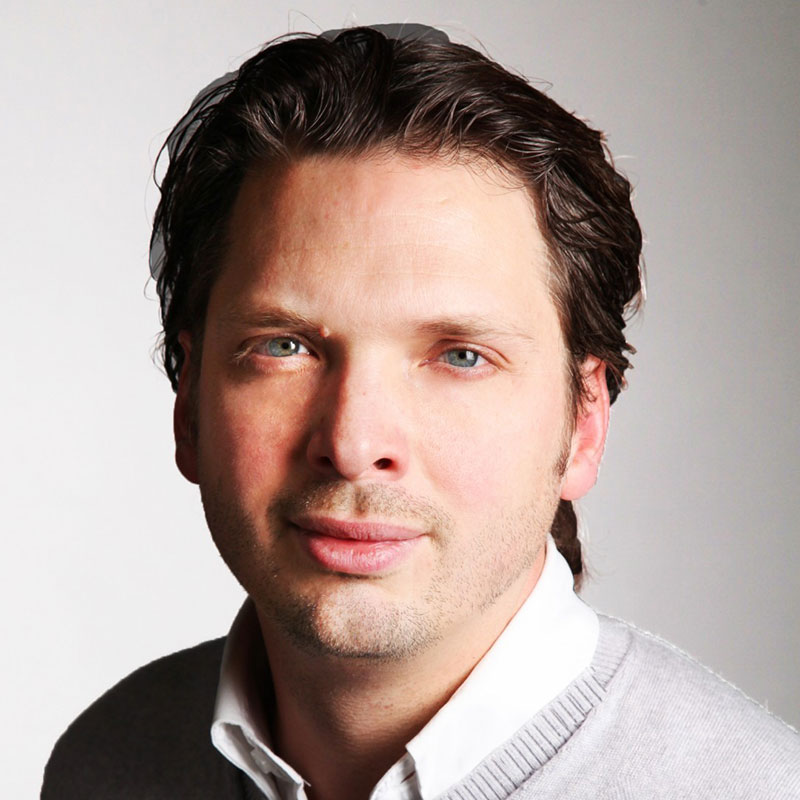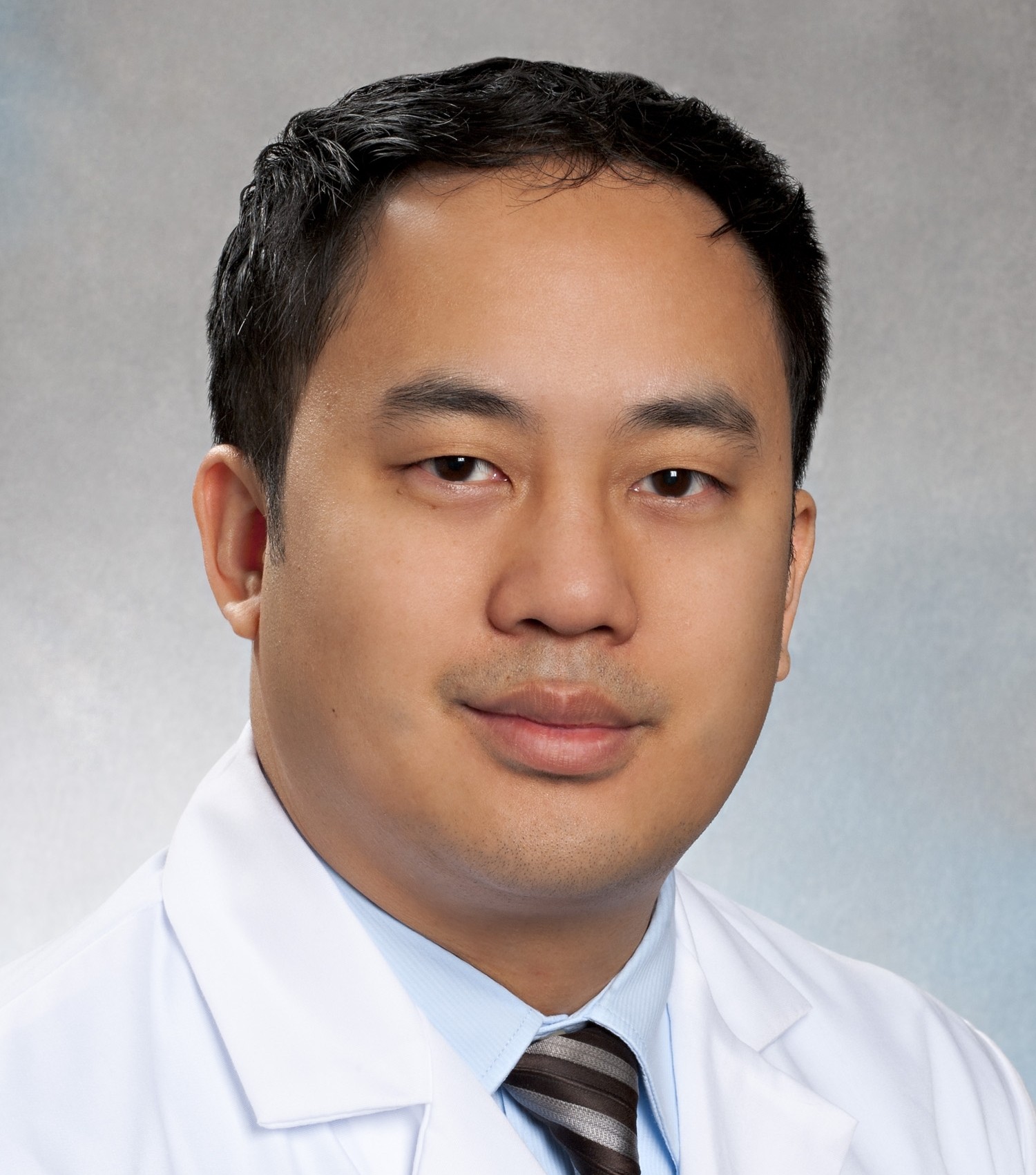-
- Find Care
-
- Visitor Information
- Find a Location
- Shuttles
- Visitor Policies
-
-
- Our Virtual Care Options
- Virtual Urgent Care
- Virtual Visits for Primary & Specialty Care
- Online Second Opinions
- Participate in Research
-
- Contact us
-
- For Innovators
- Commercialization Guide for Innovators
-
-
- Research News
- Alzheimer's Disease
- Artificial Intelligence
-
- Overview
-
- Overview
- Getting Started
- New to Mass General Brigham
- International Patient Services
- What Is Patient Gateway?
- Planning Your Visit
- Find a Doctor (opens link in new tab)
- Appointments
- Patient Resources
- Health & Wellness
- Flu, COVID-19, & RSV
- Billing & Insurance
- Financial Assistance
- Medicare and MassHealth ACOs
- Participate in Research
- Educational Resources
- Visitor Information
- Find a Location
- Shuttles
- Visitor Policies
- Find Care
-
- Overview
- Our Virtual Care Options
- Virtual Urgent Care
- Virtual Visits for Primary & Specialty Care
- Online Second Opinions
-
- Overview
- Participate in Research
-
- Overview
- About Innovation
- About
- Team
- News
- For Industry
- Venture Capital and Investments
- World Medical Innovation Forum (opens link in new tab)
- Featured Licensing Opportunities
- For Innovators
- Commercialization Guide for Innovators
- Contact us
-
- Overview
- Information for Researchers
- Compliance Office
- Research Cores
- Clinical Trials
- Advisory Services
- Featured Research
- Two Centuries of Breakthroughs
- Advances in Motion (opens link in new tab)
- Brigham on a Mission (opens link in new tab)
- Gene and Cell Therapy Institute
- Research News
- Alzheimer's Disease
- Artificial Intelligence
-
- Overview
-
- Overview
- Residency & fellowship programs
- Brigham and Women's Hospital
- Massachusetts General Hospital
- Mass Eye and Ear
- Newton-Wellesley Hospital
- Salem Hospital
- Integrated Mass General Brigham Programs
- Centers of Expertise
- Global & Community Health
- Health Policy & Management
- Healthcare Quality & Patient Safey
- Medical Education
- For trainees
- Prospective trainees
- Incoming trainees
- Current trainees
- Continuing Professional Development
AI Age Detection Tool Uses Face to Predict Cancer Outcomes

Did you know that how old your face looks says a lot about your overall health? New research shows that it may also help doctors determine the best course of treatment for people with cancer.
Mass General Brigham researchers, including Hugo Aerts, PhD, and Ray Mak, MD, developed an artificial intelligence (AI) tool called FaceAge. This technology analyzes pictures of people’s faces to estimate their biological age. It can also predict health outcomes for people with cancer.
The investigators discovered that people with cancer looked older than people who didn’t have cancer. In fact, their faces looked about 5 years older than their actual age. The older someone looked, the worse their chances of surviving were expected to be. These findings were published in The Lancet Digital Health.
FaceAge: How this AI technology works
The FaceAge tool is very simple.
“You upload a picture, it localizes the face, and then it does a face age assessment. It instantly returns a biological age measure back to the user,” says co-senior and corresponding author Dr. Aerts, director of the Artificial Intelligence in Medicine (AIM) Program at Mass General Brigham. “That makes it very powerful because we don’t need any other metrics; we just need the selfie,” he adds.
To create the AI tool, researchers uploaded photos taken from a publicly available database. There were photos of more than 56,000 healthy people ages 60 and older.
“[FaceAge] looks at different characteristics,” Dr. Aerts says. “It is really good at quantifying thousands of metrics in the face, and using that for training a model to optimize this age prediction.”
FaceAge predicts age differently than people do. “Being bald or gray matters less, for example, especially in older individuals,” Dr. Aerts says. Instead, the algorithm focuses on smile lines and a muscle on the side of the head. Research shows that changes to these two areas signal aging.
Why biological age matters
Estimating your biological age from a photo is more than a gimmick — it’s a powerful health care tool.
“Your biological age is really a predictor of physiological health and longevity,” Dr. Aerts says. Biological age is influenced by lifestyle, genetics, environment, and health status.
It’s also an important factor in determining the best course of treatment for patients with cancer. Doctors use their experience in “eyeball” assessments of patients’ health. Those subjective assessments, along with the patient’s age and other factors, help doctors decide which treatments to try (or not).
“If a patient is very fit, doctors might say, ‘Maybe we can try another cycle of chemo or radiation,’” Dr. Aerts says. “But if the patient’s very frail, we’re not sure if they’ll actually survive more anti-cancer therapy.”
How artificial intelligence can inform cancer treatment
It can be challenging for doctors to pinpoint a patient's exact biological age when they see them in the exam room. Mass General Brigham researchers tested the accuracy of this kind of estimation by showing photographs of 100 patients with terminal cancer to several doctors. They then asked the doctors to estimate whether the patient was likely to die within 6 months.
Their estimates were only a little better than flipping a coin.
Then, the researchers gave the doctors clinical information about the patient and asked them to guess again. Their accuracy only improved slightly.
“It's hard, right? You just look at somebody's face to decide if they're going to die or not. That’s not an easy thing for anybody to do, even an experienced doctor,” says co-senior author Dr. Mak, a faculty member in the AIM program at Mass General Brigham and a radiation oncologist who cares for patients at Brigham and Women’s Hospital.
But when the physicians also had the FaceAge information, their predictions were accurate 8 out of 10 times.
FaceAge offers clinicians another tool for their toolbox. “We're not saying that FaceAge is going to replace human judgment, but at least it can provide a number to back up clinical intuition,” Dr. Mak says.
The future of AI in cancer care
FaceAge isn’t ready for real-world use — yet. “There's still a lot of work ahead,” Dr. Mak says. He and his team are improving the algorithm and further testing the technology with more patients, including those in different cancer stages. They’re also testing its accuracy in people who have undergone plastic surgery or wear makeup.
“We have a new tool, and we don’t know exactly how people are going to use this in 10 or 20 years,” Dr. Aerts says. “But there’s a lot of potential, and that is something we’re very excited about.”

Contributor
